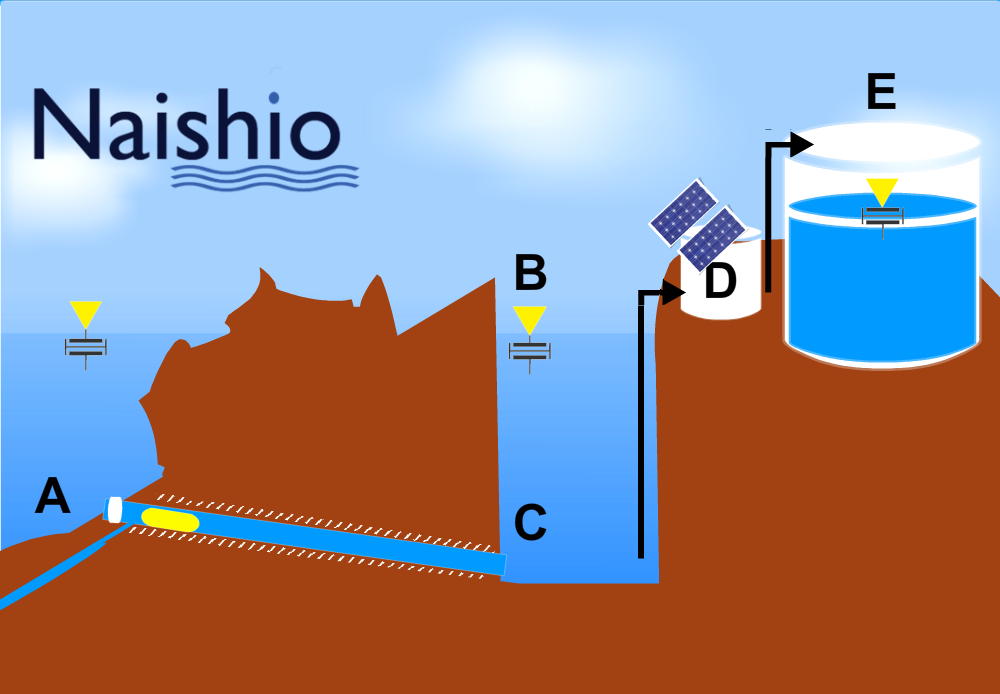Providing Low-cost Clean Water for a Billion People
September 6, 2010
This summer I attended Singularity University’s graduate studies program. Alongside 79 extraordinary entrepreneurs and scientists from around the globe, I had the opportunity to learn from some of the best minds in the world about a variety of rapidly advancing areas of technology. The context of these discussions was how we might use these technologies to implement solutions capable of affecting the lives of more than a billion people over the next decade.
 Singularity University Limited Briefing: a Webinar Monday Sept. 13
Singularity University Limited Briefing: a Webinar Monday Sept. 13
Learn about the projects Singularity University (SU) students developed during its 2010 Graduate Studies Program, with SU Co-Founder and Chancellor Ray Kurzweil, SU Co-Founder & Chairman Peter Diamandis, and SU faculty head Dan Barry, three-time NASA astronaut.
Following lectures and conversations with Dean Kamen, Ned Breslin, John Oldfield, Professor Eugene Cloete, Gayle Pergamit and others, I decided to join the water team, led by David Dell. A subgroup from the water team (Tyler Kratz, Technology & Legal; Lizzie Brook, Human Systems; David Wyler, Finance; and Bill Bing, Operations) felt that desalination was the most exciting and promising area to focus on.
So we concentrated our efforts over the last several weeks on devising a solution that we presented during SU’s closing ceremonies a week ago. We named our project Naishio (Japanese for “no salt”).
“A filtration cube measuring 165mm (6.5 inches) per side could produce 100,000 gallons of purified water per day at 1 psi.”
Naishio is focused on decentralized, cost-effective solutions for desalinating water. Currently, salt water comprises more than 97% of the world’s water), and approximately 40% of the global population lives within 100km of the coast (with this number quickly rising). More than 1 billion people lack access to clean, potable water, and traditional solutions involve building large, centralized plants that require significant infrastructure to deliver it to the people who need it most. A decentralized solution to generate fresh water from salt water would address the majority of those in need.
How Naishio works
Our approach leverages advances in 3 exponentially growing fields: synthetic biology, nanotechnology, and solar energy. Synthetic biology is a factor because synthetic molecules are currently being developed that can create ionic bonds with sodium and chloride molecules, enabling fresh water to pass through a nanofilter using only the pressure of the water above the pipe.

A possible implementation of our Naishio solution. The pressure from the water volume is sufficient to propel fresh water across the membrane (A), and photovoltaics (D) generate all the energy needed to pump water from the repository (C) to the water tank and circulator (E). Sensors (B) communicate between the solar pump and membrane to regulate the water level and ensure it doesn’t become contaminated. (Image: Sarah Jane Pell)
Nanotechnology is relevant for reverse osmosis, because using thinner filter further reduces the amount of pressure required to separate fresh water from salt water. A filtration cube measuring 165mm (6.5 inches) per side could produce 100,000 gallons of purified water per day at 1 psi. Finally, as advances in solar energy improve the efficiency of photovoltaics, the throughput of solar pumps will increase significantly, enabling more efficient movement and storage of fresh water.
Although the individual components described above have not advanced to a point where the solution is possible at present, we were able to speak with leading experts in each of these areas as to the timeline for these capabilities to be realized.
Synthetic molecules capable of bonding with sodium and chloride molecules have already been created, but have not yet been converted to an appropriate form for storage, such as a cartridge. This is expected to occur in the next 2-3 years. Filters are currently in the 10-15nm range, and are expected to reach 1nm over the next 3-5 years. As with the synthetic molecules, 1nm tubes have been built; just not assembled into a filter at this point. Photovoltaics are currently approximately 12% efficient, but it is anticipated that 20% efficiency is achievable in the next 5 years.
A low-cost local desalination solution
Combining these three trends enables a novel, inexpensive, point-source solution for desalinating water. Local people can develop adaptations of the solution that best fit their environment, rendering reliance on a government or third party to supply water unnecessary. Beyond the capital expense to buy the equipment, there will be virtually no operating expenses, aside from occasional replacement of filters and other equipment.
Our solution could provide an abundance of clean, potable water for agriculture and many of the more than 1 billion people who need it most. Ultimately, it could help green the deserts. This would result in less disease, lower mortality, greater access to education for the women who spend billions of hours collecting water each year, and potentially also prevent water wars.
Naishio is currently researching intellectual property opportunities and considering pursuing investment capital to further our research and pursue corporate and strategic partnerships. We have engaged patent attorneys to assist us in exploring development and aggregation of IP, and have had conversations with several interested parties regarding potential collaboration or investment.
We are excited about the possibility of developing and deploying custom solutions with partners over the next several years to address the growing global need for fresh water. On behalf of the entire team, we would like to thank all of our advisors and the staff of Singularity University for their tireless support and guidance.
